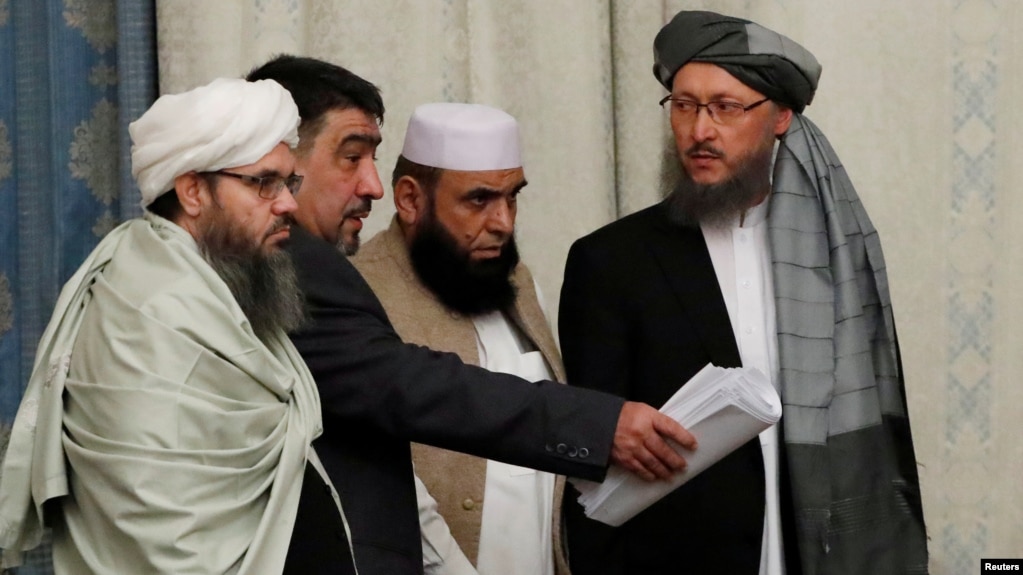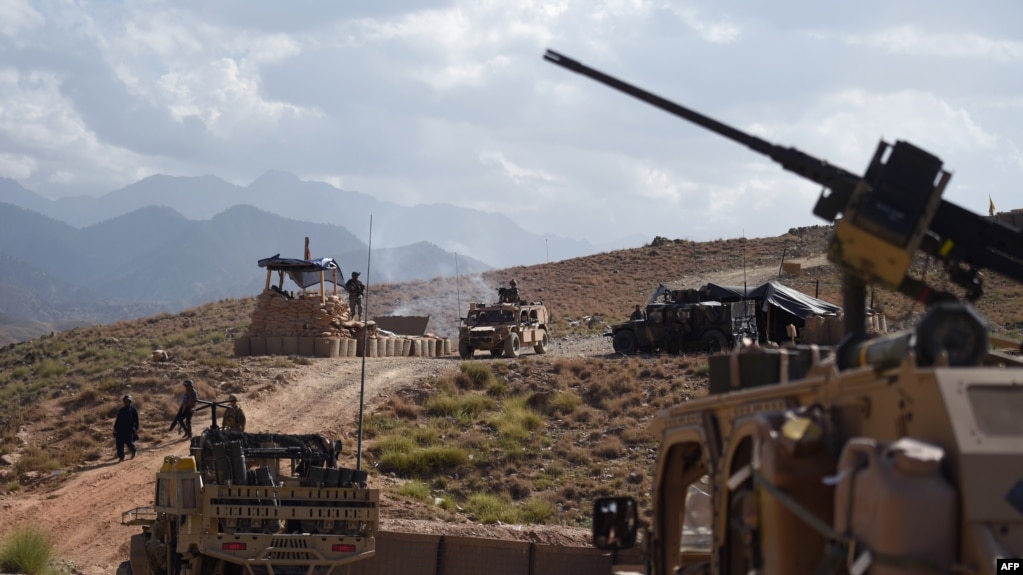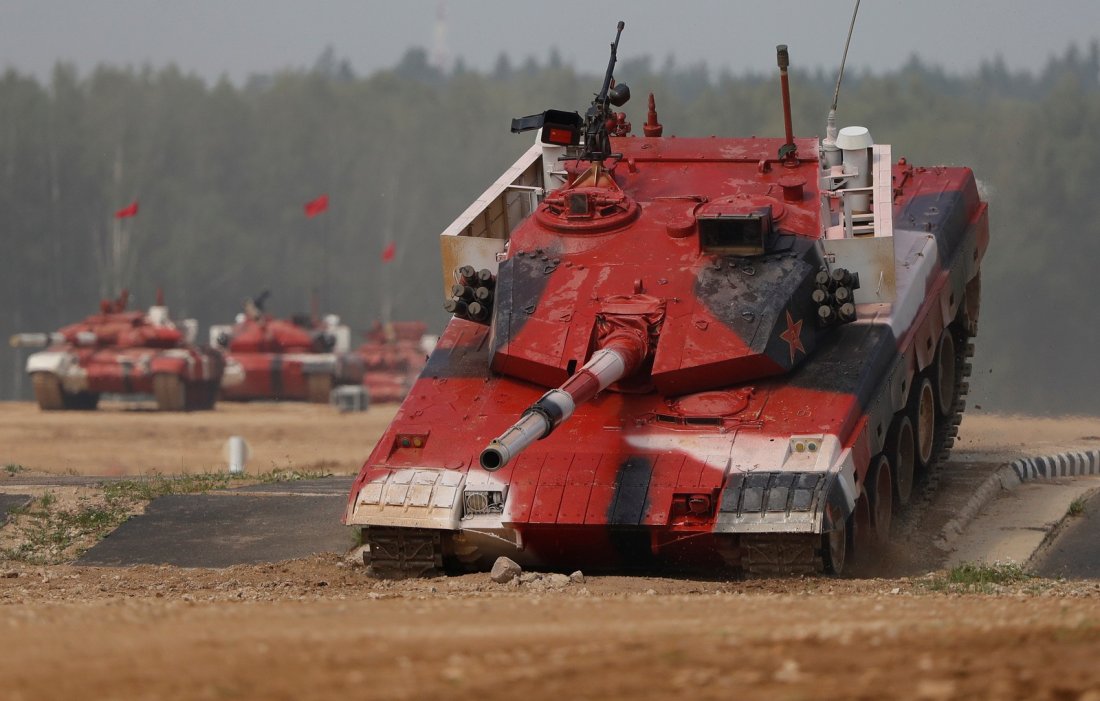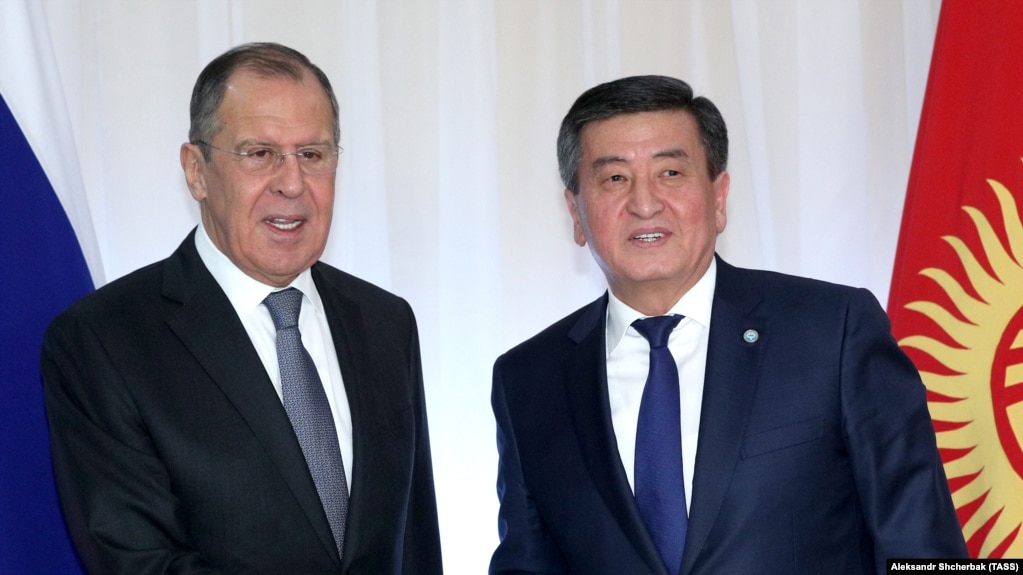MOHAN GURUSWAMY:
The tobacco business in India was estimated to be worth around Rs.90, 000 crores in 2009. It is expected to reach Rs.230, 000 crores by 2018. While bidis account for almost 85% of tobacco use it is not the mainstay of the business in terms of value. Cigarettes account for 44% of the market value of the business. Chewing tobacco, bidi’s and other forms account for the rest. While increasing population and rapid economic growth are driving growth of the market, increasing government regulation and taxation, along with smuggling of counterfeit brands of cigarettes are key to slowing down the growth in the market.
The only good news from the tobacco business is that per capita cigarette consumption has declined from 190 in 1970 to 99 now. We do not know if there was a corresponding decrease in the incidence of cancer and other smoking induced ailments. That we will never know because the government, presumably under pressure from the rich and powerful cigarette industry, has not yet conducted a detailed study of this and the consequential cost to the economy. This is despite a specific request from the Revenue Department to enable it to evolve a scientific basis for cigarette and tobacco products taxation.

















/arc-anglerfish-arc2-prod-mco.s3.amazonaws.com/public/JE4B4HYIQNAFDKAFRQ2QFZYLFE.jpg)
/arc-anglerfish-arc2-prod-mco.s3.amazonaws.com/public/3URPXNMFTJFBTBJCHAOZXZYZFI.jpg)
